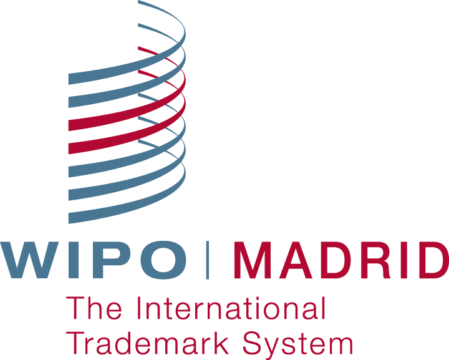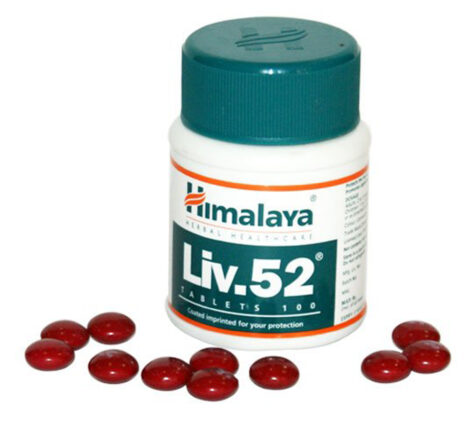Implementation Of Madrid Protocol In Trademark Law
The Trademark (Amendment) Bill, 2009 was put forward with an objective to overcome the short-comings of the Trademark Act, 1999 and to effectuate the Madrid Protocol in the existing trademark law in India. The rapid growth of new industries and companies was a boon for India’s developing economy, as it stepped into global competitive markets. The Indian companies and their goods and services gained much popularity and were trending all over the world. At this point, India felt the need for protection of trademark not only territorially, but all across the world.
The existing trademark law, that is the Trade Marks Act of 1999, did not provide for international filing of trademark registration, rather, if someone was seeking to protect their mark in other nations then they were to file a separate application in each nation. The very inception of the Madrid protocol in Trademark (Amendment) Bill, 2009 has made the international filing of trademark registration hassle-free. Now, an individual can secure his exclusive right over trademark by protecting it internationally through a single application. India became the 90th signatory to Madrid Protocol in the year 2013.
The Trademark (Amendment) Bill was initially proposed before the Parliament in the year 2007 and then subsequently put forward in the year 2009. In the year 2013, India penned the Madrid Protocol and thereafter all the trademark filings were done in accordance with the Madrid System of filing. The Trademark (Amendment) Bill, 2009 came into force in 8th July 2013.
The need for such an Amendment
The existing Trade Marks Act of 1999 typically protected trademark only within the nation and not outside it. The main reason behind the inclusion of Madrid Protocol in the existing trademark law was the international coverage of trademark protection.
The amendment has introduced Chapter IVA (section 36A to 36G) in the Trademarks Act. The chapter sets the procedural and statutory requirements for international registration of marks. Under the new provisions, an international application is dealt with the trademark registry as specified by the government.
For an international application originating in India, the Applicant has to apply to the Form prescribed under the Madrid Protocol regulations. Similarly, the applications for extension of protection are also dealt with regulations under the Madrid Protocol.
The Registrar has to certify that the particulars in the international application correspond to the application under Section 18 (application for registration) or Section 23 (registration). He/she then transfers it to the International Bureau for registration, indicating the date of the international application.
If the application in India, made under section 18 or 23 is withdrawn/cancelled or has expired before 5 years of its international registration, the international registration ceases to have effect and the trademark is no longer protected. The Registrar has to update the International Bureau of this.
According to the latest Amendment, it states that a Trademark Registry Office is required to examine a trademark and has discretion to either accept or refuse it on receiving a notification from the International Bureau and further imitate the same within 18 months from the date of receipt of such notification.
A set of rules or guidelines has been provided by the latest amendment which an applicant who is filing for international registration of mark has to stick to. These rules are made available to public by the Controller General of Patents, Designs and Trademarks (CGPTDTM).
Filing an Application under Madrid Protocol
The filing of an application under the Madrid system goes through 3 steps:

Let us understand the above-mentioned steps in a better way-
- To file an international application for a trademark under Madrid Protocol in India, the individual must be a citizen of India or domiciled in India or must have an effective and genuine place of business in India.
- An individual who is seeking an international protection of his mark under the Madrid Protocol first required filing a basic trademark registration application in the regional office-in this case, at the Indian Trademark Registry, for the purpose of registration of the mark in India.
- The initial domestic filing is very crucial because on the basis of this, international registration depends.
- The international application for registration of a trademark must be submitted to the WIPO in electronic mode. The application must portray the mark along with proper details of the applicant (name, address, etc.).
- It should be kept in mind that only after the approval of the basic application an applicant can proceed for international filing of the mark. So, once the initial application is examined and approved by the regional trademark registry office it will be forwarded to WIPO. WIPO at this point will further examine and conduct ritual checks and may publish it in the WIPO Gazette, if there is no issue.
- Lastly, the application is sent to the Trademark Registry Office of Contracting states for final examination and approval of the registration of the mark.
Filing trademark application under the Madrid Protocol does not guarantee approval from nations. In fact, the approval for the mark is given by the nations but, under this system, the filing is more convenient.
In case any objection is raised in the contracting state, the Trademark Registry Office of such contracting state should imitate the same to WIPO and WIPO, in turn, will inform the origin Registry Office regarding such an objection, which will be intimated to the applicant. The Applicant has a time period of one month to reply to such an objection raised.
In case no such objections or issues have been raised in the Contracting State, then protection is granted to the mark as if the mark has been registered at the contracting state. The information regarding the acceptance or refusal of the mark must be imitated to the applicant with 12-18 months.
After completion of 10 years, the mark must be renewed once the application for registration is granted.
Benefits of Madrid Protocol
The Madrid Protocol not only helps the proprietors of trademark seeking protection internationally but also lessened the burden of the regional Trademark registry Offices.
The International Bureau does the job of formal search, classification, advertisement of the mark thereby reducing the burden on Trademark Registry Offices. Some other benefits of the Madrid Protocol are:
- Economical: There was a time when an owner of a trademark has to take the pain of filing separate application for registration of his mark in different countries. The process of filing of numerous applications was very expensive. In such a scenario, the Madrid Protocol came handy. The filing of an international application under Madrid System has cut the expenses of filing by 60%.
- Time Saving: The process of filing different applications for different countries is also time-consuming. The Madrid Protocol actually saved a lot of time of proprietors of the mark; who can now focus on creating something else.
- Practical: The process of filing under this system is quite practical. The applicant is just required to file for registration in the territorial office with the requisite fees, which in turn will protect the trademark in the member nations.
- Easier the process of filing: In earlier times, a number of applications were filed by a single person seeking protection in different countries. This made the process cumbersome as piles of applications were pending before the Registry. The filing under Madrid system is hassle-free and simple.
- Flexibility: The amendments can be easily made under the Madrid system of filing. If any changes are required, the owner of the mark can simply file a single application in the International Bureau mentioning such changes rather than knocking doors of Trademark Registry Offices in different countries.
Problem and Way Forward
Although the system is pretty effective, there are certain drawbacks associated with the same. Countries have different procedures for trademark prosecution and their judicial systems have set differing standards with respect to protection being granted. Under the Trademark Rules, the applicants are supposed to have an address for service in India, this leads to foreign attorneys seeking assistance from local attorneys, again, leading us back to the system that existed before the amendment. Nevertheless, the trademarks office has been working dynamically in the past years. As the regime expands, the issues will be taken care of by making necessary amendments to existing rules and regulations.
Conclusion
To conclude, the Madrid Protocol was much needed to bring India on the same footing of global trademark norms. The filing under Madrid system not only saves penny and time, but it also sets a timeline of 18 months in which the whole process must be completed. The introduction of Madrid Protocol in existing Trade Marks Act, 1999 will definitely level up the standard of Indian Intellectual Property registration. However, India will need significant time and administrative practice to become thorough with this new system of international filing for registration of a trademark.
SOURCES
1. The Trademarks (Amendment) Bill 2009 – Implementing the Madrid Protocol: By Prashant Reddy, https://spicyip.com/2009/12/spicyip-guest-post-trademarks-amendment.html
2. https://www.wipo.int/madrid/en/
3. https://www.indiacode.nic.in/bitstream/123456789/1993/1/A1999_47.pdf
4. https://www.mondaq.com/india/intellectual-property/962044/the-madrid-protocol-in-india
5. https://selvams.com/blog/amendments-to-the-indian-trademarks-law-what-does-this-mean-to-you/




